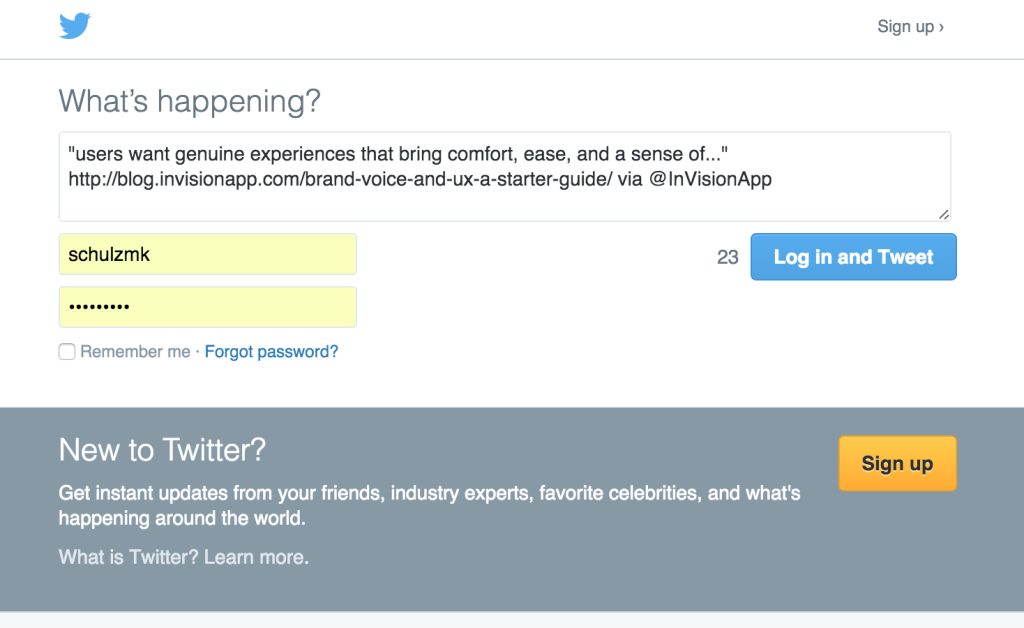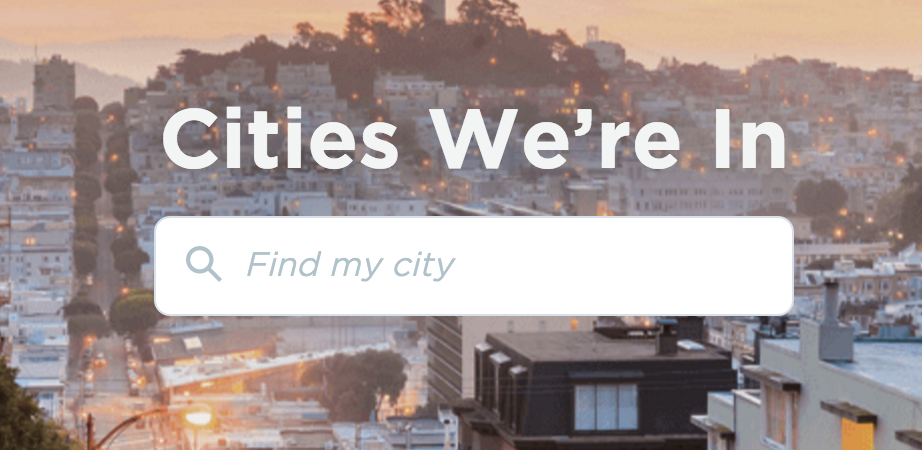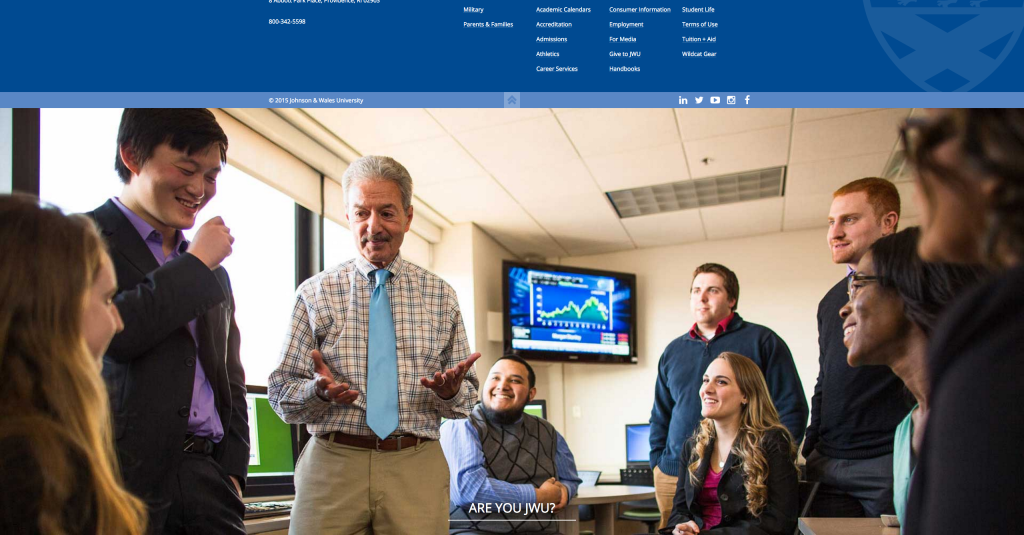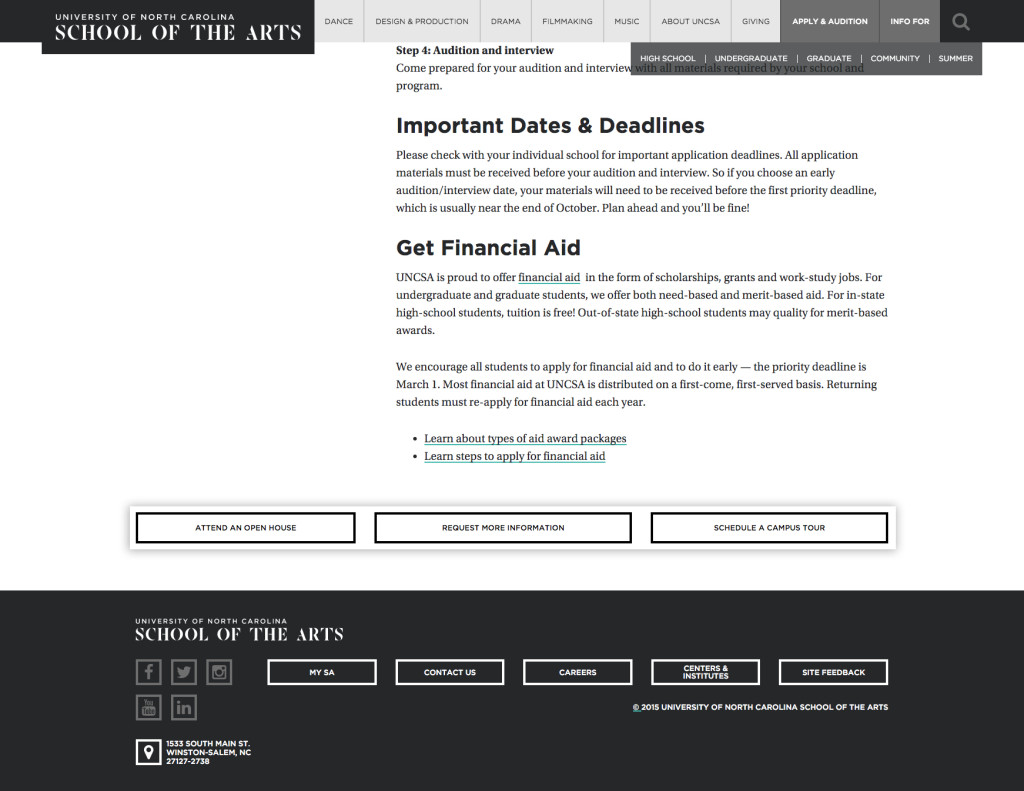The development of a brand personality through voice and tone is becoming a universal standard across growing brands. This best practice allows brand messaging to be consistent across a variety of platforms, and helps audiences better understand and identify the brand they are engaging with.
One of the most important places to infuse your brand personality is on your institution’s website. Human-centered design is now an industry standard among digital experiences, and in order to fully embrace this, interface elements are now incorporating a unique voice and tone.
It is crucial to consider how personality can be interwoven among all aspects of a digital interface — this can and should include:
- Buttons
- Search
- Input fields
- Forms
- Error messages
- Success messages
- Loading pages
- Navigation (if possible)
Melanie Davis best explains this proper approach: “Given our information overload, it’s more important than ever to connect with customers and prospects in a real way. To think of them as humans and to speak to them as humans.”
In digital media, interactive elements are scattered among any given interface that a visitor is experiencing. When a call to action (CTA) is the last thing a visitor sees after reading about your institution or academic programs, shouldn’t the user interface (UI) verbiage also help to communicate your brand?
MailChimp is one of the best examples of using voice and tone as a foundation to the company’s branding and user interface, and explaining them in the following manner:
Voice: MailChimp’s voice is human. It’s familiar, friendly, and straightforward. Our priority is explaining our products and helping our users get their work done, so they can get on with their lives. We want to educate people without patronizing or confusing them.
Tone: MailChimp’s tone is usually informal, but it’s always more important to be clear than entertaining. When you’re writing, consider the reader’s state of mind. Are they relieved to be finished with a campaign? Are they confused and seeking our help on Twitter? Are they curious about a post on our blog? Once you have an idea of their emotional state, you can adjust your tone accordingly.
Using your brand’s personality to humanize visitors’ experiences by incorporating voice and tone into CTAs, user prompts, and forms is an effective way to support your brand and delight your audiences.
Best practices found in some of our favorite social networks and apps.
Rather than using a generic Sign Up or Learn More, Twitter prompts users to do so with a more personable message that is concise and optimistic.

It’s important to connect with visitors on every level possible. A brand should use every opportunity available to express core values through strategic messaging — even down to the input field and loading page.
To encourage posts, Twitter and Facebook pose questions to visitors, rather than providing robotic direction.

To further illustrate its helpfulness, Slack uses the desktop application loading screen to communicate a friendly and motivational tone.
The search field is another area you can use to showcase brand personality. Wouldn’t you think it rude if sales associates looked at you and commanded that you “search” while looking for a new sweater at your local store? The same concept can be applied to websites. This is why the search interface of any digital media is a great platform to expand a brand’s voice and tone to create a more pleasant user-centered experience.
Lyft personalizes the user experience by using the key word “my” in its search.
Best practices found in higher education.
Speaking of search, LMU.edu explains to visitors what aspects of its website are searchable. This subtle approach helps fortify that Loyola Marymount University is an institution with a multitude of resources for students and faculty.
Johnson and Wales University uses a strong and personalized CTA to speak directly to its site visitors.
UNCSA uses a direct and conversational tone throughout the site, even on information-heavy pages such as Financial Aid and How To Apply.
Conclusion
In today’s culture, a brand’s website, application and other digital strategies act as its global ambassador. It’s important to supply your ambassador with strategic content and efficient information architecture, without forgetting the best of all secret weapons: a smile … or in this case, a friendly search field.





